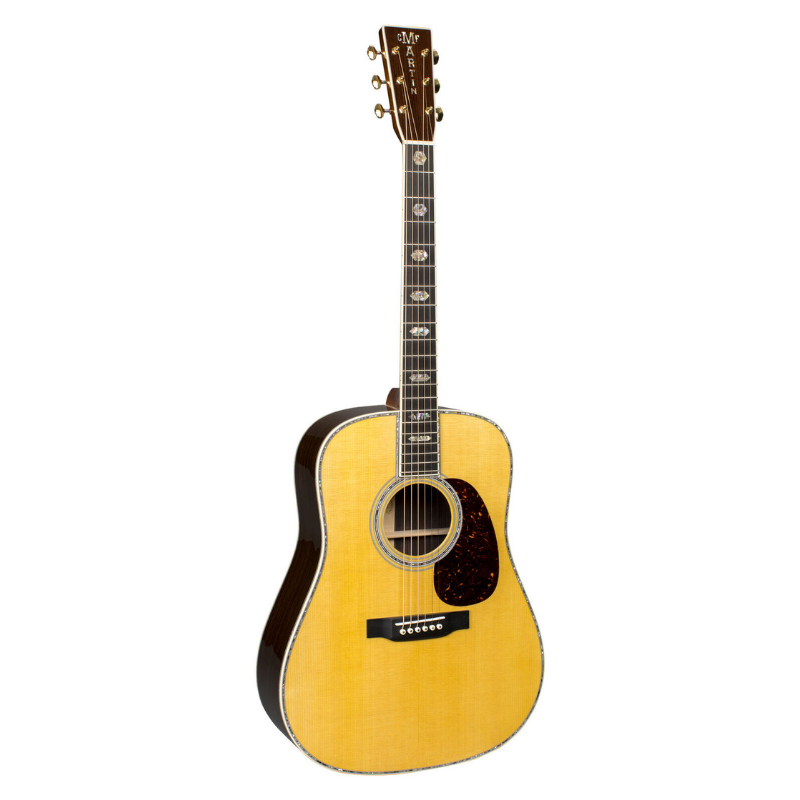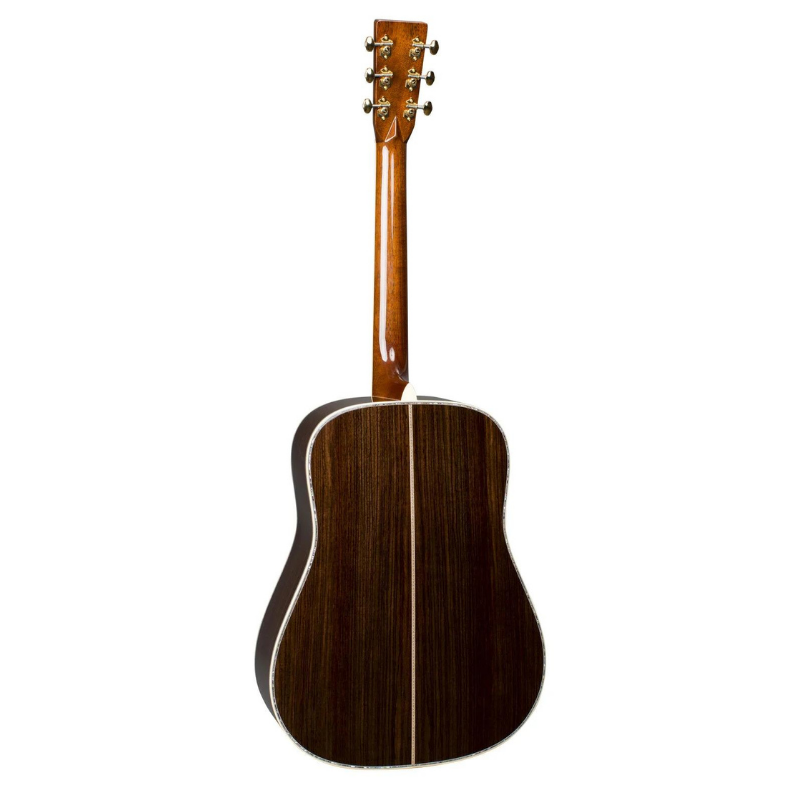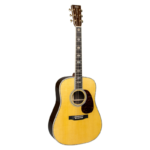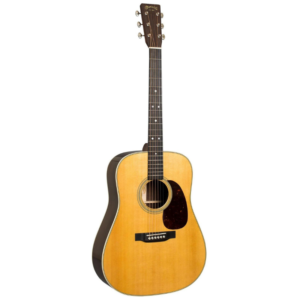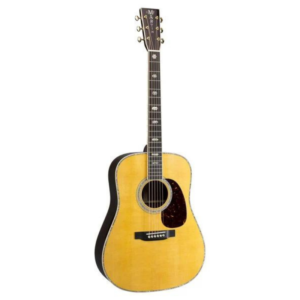SPECIFICATIONS – OVERVIEW
- BODY SIZE: D-14 Fret
- FINISH TOP: Gloss
- CONSTRUCTION: Dovetail Neck Joint
- BACK AND SIDE FINISH: Gloss
- BRACING PATTERN: Forward-Shifted X-Brace
- SCALE LENGTH:25.4″
- BRACE SHAPE: Scalloped
- FINGERBOARD WIDTH AT NUT:1 3/4”
- TOP MATERIAL: Sitka Spruce
- NECK SHAPE: Modified Low Oval
- BACK MATERIAL: East Indian Rosewood
- NECK TAPER: High-Performance Taper
- SIDE MATERIAL: East Indian Rosewood
- ELECTRONICS: Optional

